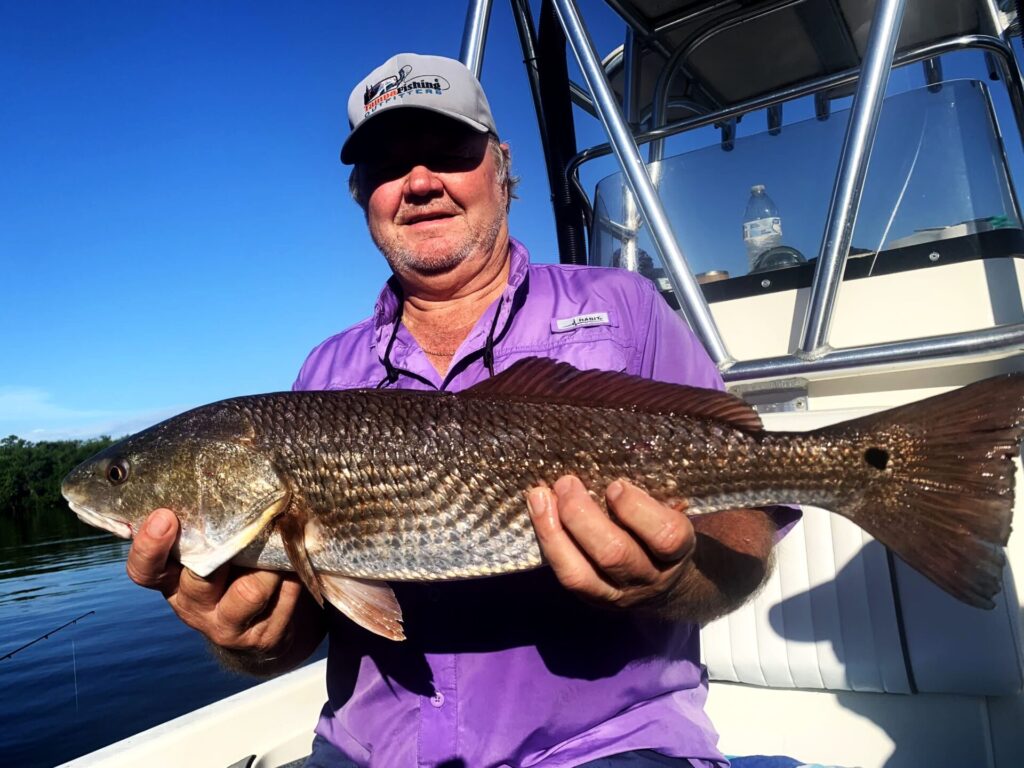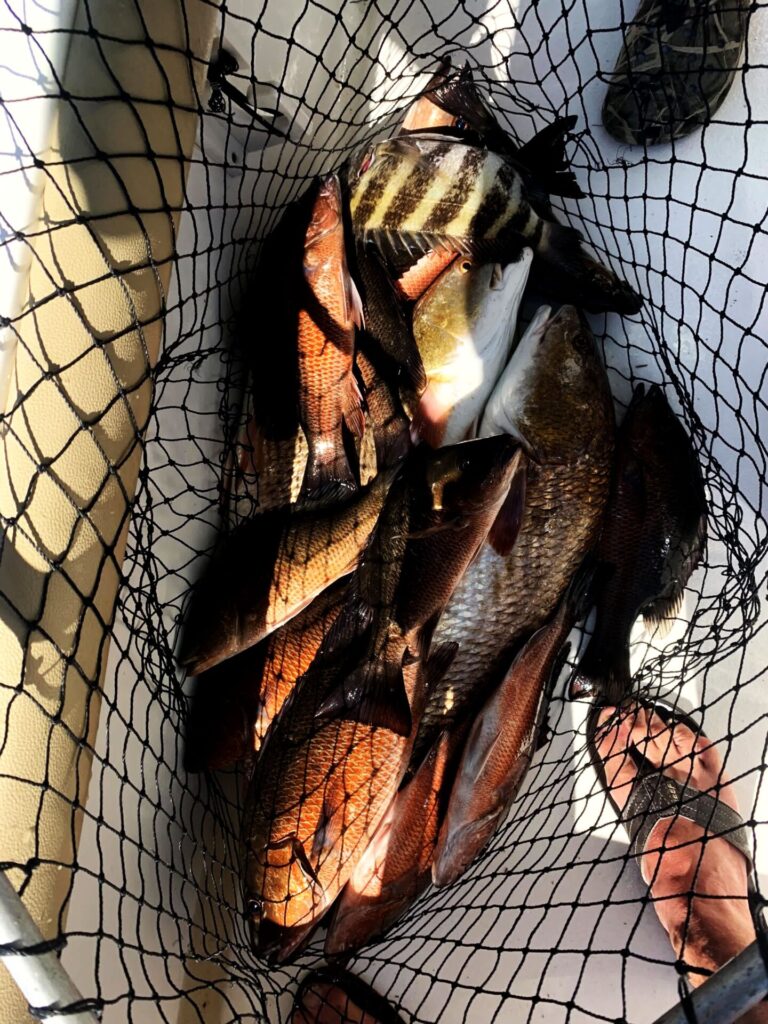How To Identify How To Prepare For (And What To Expect From) Your Inshore Fishing Charter

Embarking on an inshore fishing charter in Tampa Bay offers an exciting opportunity to experience the rich marine life and scenic beauty of Florida’s Gulf Coast. Whether you’re a seasoned angler or a first-timer, proper preparation can enhance your experience and increase your chances of a successful catch. This guide combines expert advice from Captain Gavin and other seasoned professionals to help you prepare for your adventure.
Understanding Inshore Fishing in Tampa Bay
Tampa Bay is Florida’s largest open-water estuary, covering over 400 square miles. Its diverse habitats, including grass flats, oyster beds, and mangrove-lined shorelines, support more than 200 fish species. The mixing of saltwater from the Gulf of Mexico with freshwater from numerous rivers creates a vibrant ecosystem ideal for inshore fishing.
What to Expect on Your Charter
Inshore fishing charters in Tampa Bay typically last between four to six hours, though many captains offer flexible scheduling to accommodate your preferences. During your trip, you’ll target species such as redfish, snook, trout, and tarpon, depending on the season and current conditions. Your captain will provide all necessary fishing gear and bait and will guide you to the best fishing spots based on tidal movements and fish behavior.
Essential Items to Bring
To ensure a comfortable and enjoyable experience, consider packing the following items:
- Sun protection: sunscreen, hat, and polarized sunglasses
- Weather-appropriate clothing: light, breathable layers and a rain jacket
- Non-slip, closed-toe shoes
- Snacks and plenty of water
- Camera or smartphone for capturing memories
Additionally, familiarize yourself with local fishing regulations regarding catch limits and size restrictions to ensure responsible fishing practices.
Preventing Seasickness
While Tampa Bay’s waters are generally calm, it’s wise to prepare for potential seasickness. Consider taking over-the-counter motion sickness medication before your trip if you’re prone to nausea. Natural remedies like ginger candies or acupressure wristbands can also be effective.
Communicating with Your Captain
Open communication with your captain is key to a successful fishing trip. Share your goals, experience level, and any specific interests you have. Your captain can tailor the trip to suit your preferences, whether you’re aiming for a particular species or seeking a more relaxed experience.
Understanding Tides and Fish Behavior
Tidal movements significantly influence fish behavior in Tampa Bay. Incoming tides flood grass flats and mangroves, encouraging fish to feed aggressively, while outgoing tides concentrate fish into deeper channels and potholes. By understanding these patterns, your captain can position you in optimal locations for a productive day on the water.
Target Species and Techniques
Redfish
Redfish are commonly found in shallow waters around oyster bars and grass flats. Live bait like shrimp or pinfish, as well as artificial lures such as spoons or topwater plugs, are effective. Fishing during incoming tides can increase your chances of success.
Snook
Snook are prized for their aggressive strikes and acrobatic fights. They prefer water temperatures around 70°F and can be found near mangroves, docks, and bridges. Live bait like pilchards or artificial lures such as jigs and soft plastics work well.
Speckled Trout
Speckled trout inhabit grass flats and are often caught using live shrimp under popping corks or soft plastic lures. Adjusting the depth of your bait to keep it just above the bottom can be crucial for attracting strikes.
Tarpon
Tarpon, known as the “Silver King,” are a challenging and rewarding catch. During their peak migration from May to July, they can be found throughout Tampa Bay. Hooking into a tarpon requires patience and strength, as fights can last from 20 to 40 minutes.
After the Trip
At the end of your charter, your captain will clean and fillet any legal catches you wish to keep. This is a great opportunity to learn about fish cleaning techniques and to ask any remaining questions you have about the day’s experience. Remember to tip your captain and crew for their hard work and expertise.
Pro Tips from Captain Gavin
- Show up early and communicate your goals clearly.
- Listen to your guide — they’re here to help you succeed.
- Use your gear correctly. Your captain will give you a quick rundown.
- Don’t slam hatches or wear heavy cologne. Be mindful of your surroundings.
- Bring snacks and drinks, but avoid bananas on board (they’re considered bad luck!).
- Understand the seasons — not all fish are biting year-round, but every month offers something special.
- Have realistic expectations — the joy is in the experience, not just the catch.
- Respect the fish and the environment. Follow catch-and-release practices when appropriate.
Conclusion
Preparing for your inshore fishing charter in Tampa Bay involves understanding the local ecosystem, communicating with your captain, and bringing the right gear. By following these guidelines and embracing the adventure, you’re set for a memorable and successful fishing experience.
Continue Reading Our Blog
It’s Not Just About the Fish: The Soul of Inshore Fishing
It’s Not Just About the Fish: The Soul of Inshore Fishing A Journey Beyond the…
East Coast Inshore Fishing: Cape Cod, Chesapeake Bay, Hilton Head, And the Tampa Bay
Exploring Inshore and Deep-Sea Fishing on the East Coast: Cape Cod, Chesapeake Bay, Hilton Head,…
The Impact Of Tides On Inshore Fishing
The Impact Of Tides On Inshore Fishing Tampa Bay’s inshore waters are a dynamic environment…





